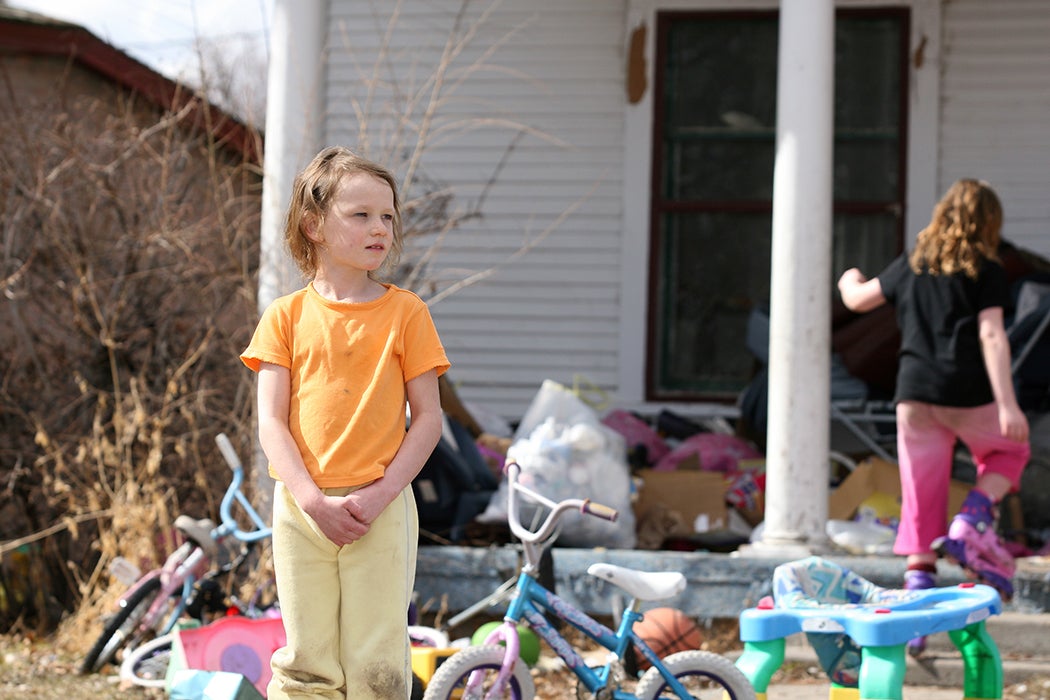If a low-income mom gets a $10/hour raise, that’s good news for her family, even if her boss gets an extra $100, right? Maybe not. Looking at children’s wellbeing in rich countries like the U.S. in 2007, Kate E. Pickett and Richard G. Wilkinson found that inequality may matter a lot more for kids’ lives than absolute income level.
Pickett and Wilkinson started their study by looking at UNICEF data for 23 relatively wealthy countries, including Australia, Japan, the U.S., and much of Europe. For each country, they looked at a variety of child wellbeing measures, including infant mortality rates, immunizations, academic achievement, bullying, and loneliness.
Only a few of these measures turned out to be related to a nation’s average income. Kids in the richest countries were more likely to pursue advanced education, less likely to live in single-parent or step-parent families, and more likely to eat fruit every day, but that was about it.
On the other hand, high levels of income inequality were correlated with higher rates of infant mortality and low birthweight, teen pregnancy, overweight children, bullying, low math scores, less pursuit of higher education, and a lower proportion of kids who said their “peers are kind.”
More equality did have a couple of apparent downsides—in more equal societies, more kids reported feeling lonely, and children were more likely to “aspire to less skilled work.” (The link between equality and loneliness seemed to be due to Japan, an outlier with high levels of equality, but also a lot of lonely kids.)
Meanwhile, the authors suggest that kids’ higher aspirations in unequal countries may reveal the tendency of people in wildly unequal places to dream of wealth and fame. In fact, they found that aspirations tend to be highest where educational achievements are lowest.
To add another layer of data, Picket and Wilkinson also considered inequality and overall economic prosperity within U.S. states. They found that states with higher average incomes had fewer teen births and fewer kids dropping out of high school, but no other advantages in child wellbeing. As with the international comparisons, the states with high levels of inequality had many more disadvantages for kids—higher teen births, more juvenile homicides, higher infant mortality, low birth weight, more overweight kids, more mental health problems, more high school dropouts, and worse academic scores.
Pickett and Wilkinson don’t speculate here about the reasons inequality seems to produce so many problems for kids, but other research has suggested it tends to harm social relationships, reduce trust within a society, and increase stress levels.
That means that, at least in some respects, whether you get a raise matters less than whether your boss gets a bigger one.







